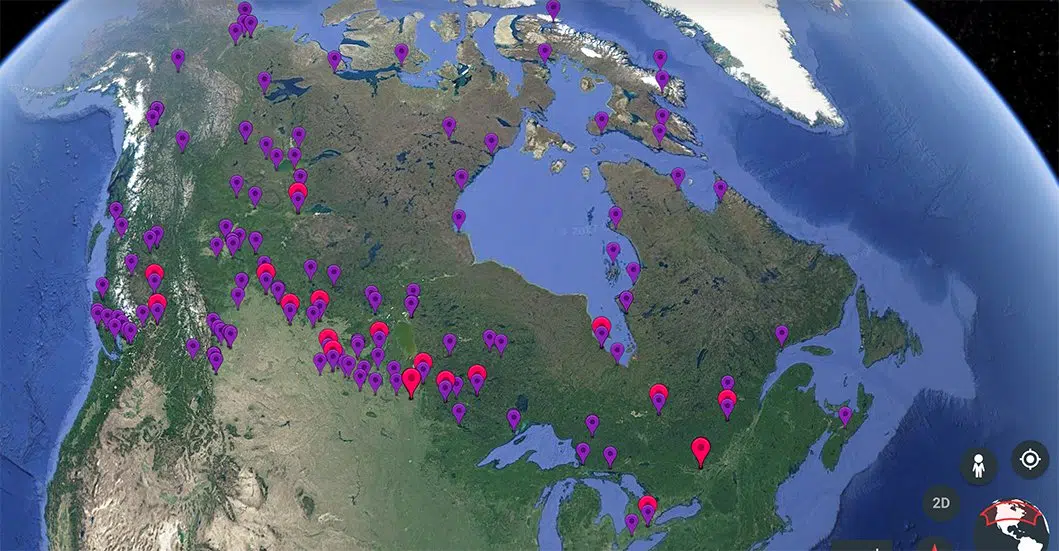
Mapping project highlights residential school legacy
A new feature available through Google Maps highlights a dark part of Canadian history.
Canadian Geographic Education and the National Center for Truth and Reconciliation produced a map of almost every residential school in Canada. The map pinpoints their historical locations and features a bit of background information for a few of them.
“I believe Canadian Geographic wants to see this used and utilized in as many classrooms as possible,” Andrew Kitchen, the Saskatchewan representative for Canadian Geographic said. “It is a part of our history, and it is a part of our history that we need to learn from… so we can learn and grow and not make these mistakes again.”
Kitchen said the resource is aimed at teachers, but the project is available for the anyone to view. He said he’s working to raise awareness with teachers in the province about the new map.


